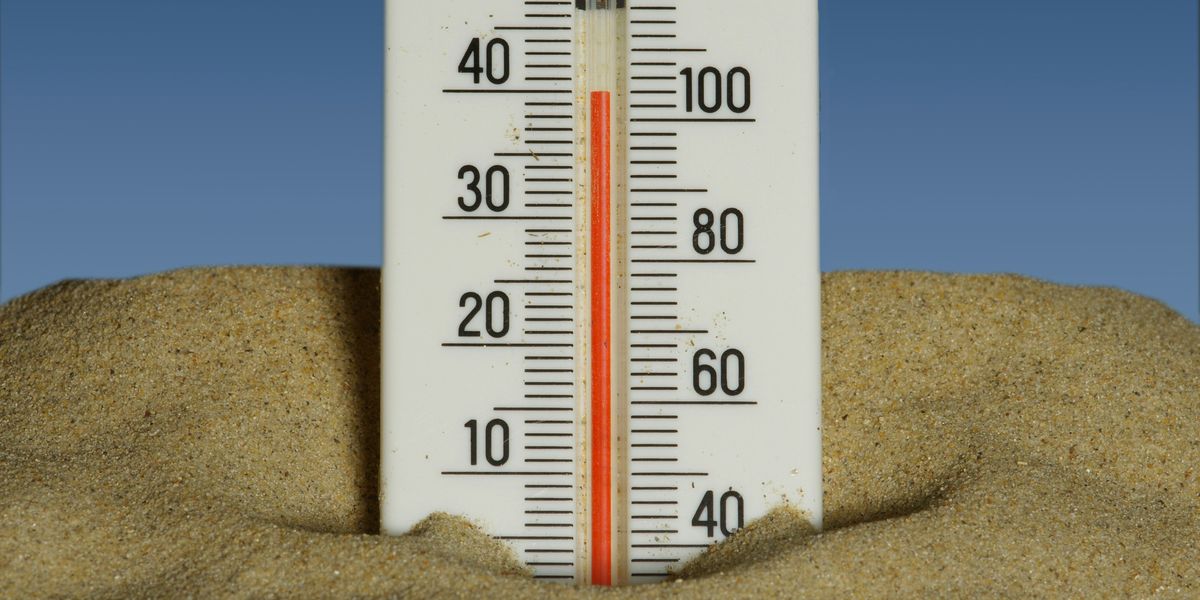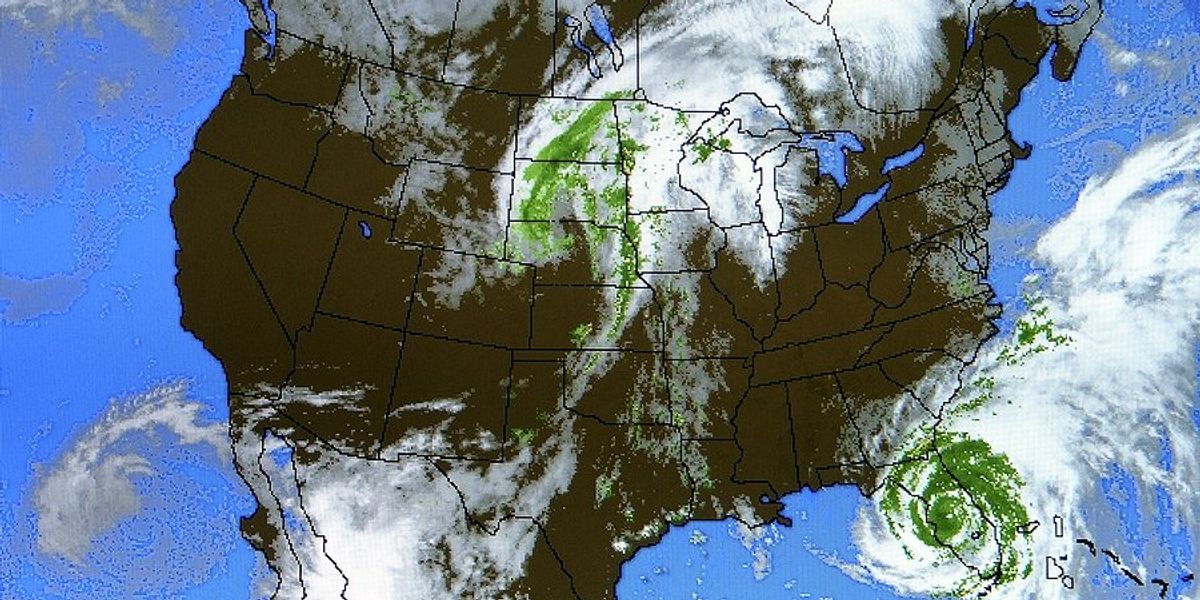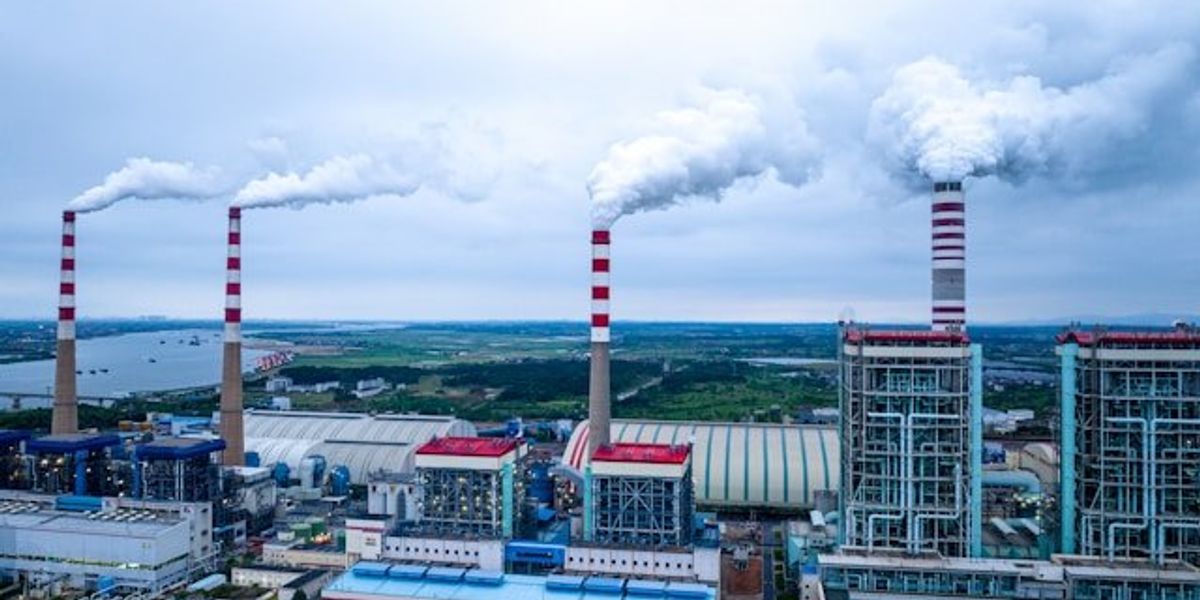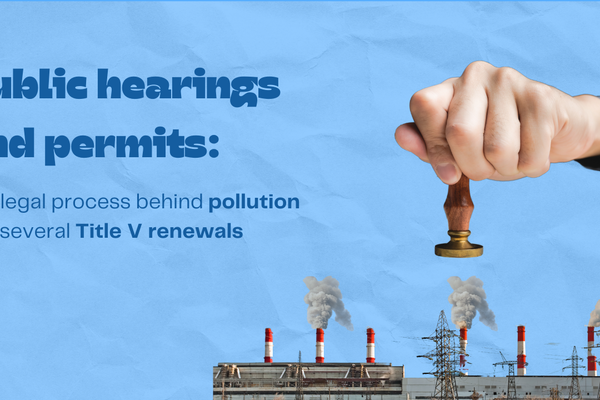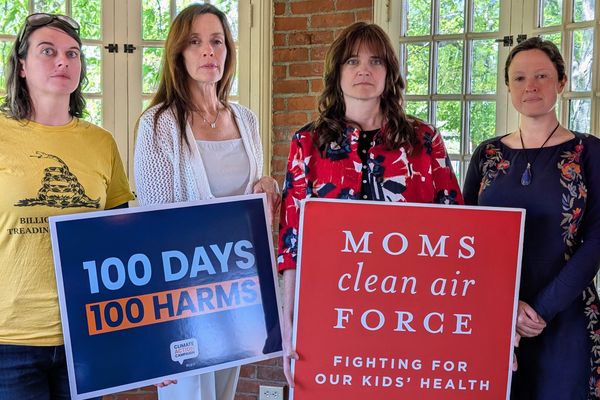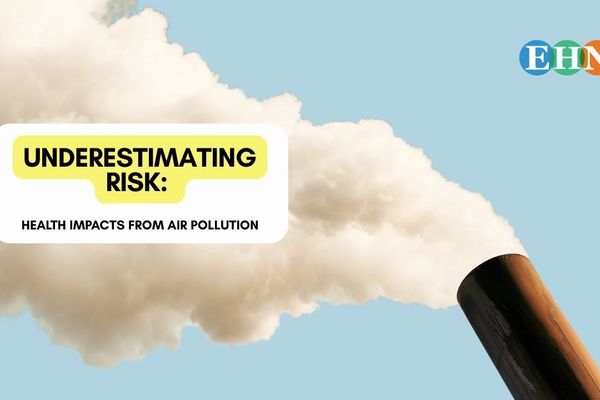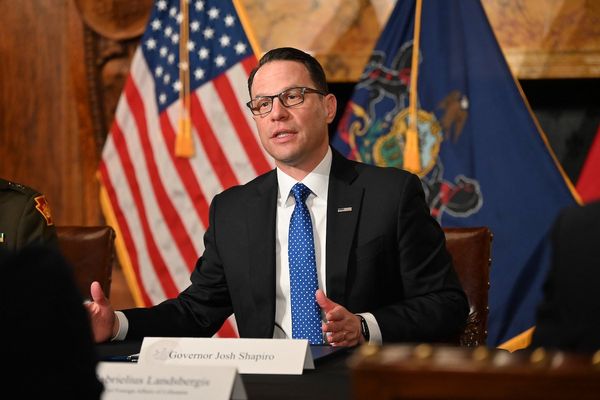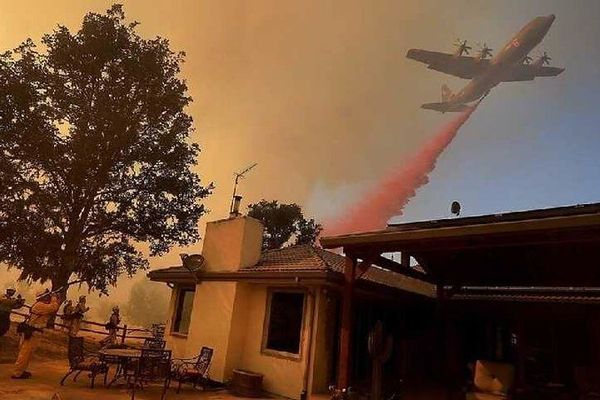
Trump move to dismantle FEMA prompts resignation of disaster response chief
A top federal emergency official has resigned after President Trump announced plans to phase out the Federal Emergency Management Agency (FEMA) and shift disaster response responsibilities to states.
Lisa Friedman reports for The New York Times.
In short:
- Jeremy Greenberg, who oversaw FEMA’s National Response Coordination Center, resigned following Trump’s announcement to wind down the agency by November.
- President Trump said states should manage their own disaster responses and warned that federal funding would decrease, with aid potentially routed through the White House instead.
- FEMA has lost about a quarter of its staff since the start of the Trump administration, leading to long delays in disaster declarations and growing concerns about the agency’s ability to function during an above-average hurricane season.
Key quote:
“I will not be complicit in the dismantling of this agency, and while I would implement change — even radical change — the current approach lacks a clear end state or plan, and has been done recklessly without regard to our current statutory or moral obligations to the American people.”
— MaryAnn Tierney, former deputy administrator of FEMA who left the agency last month
Why this matters:
A move to shutter FEMA or strip it of authority risks turning disaster recovery into a patchwork system where political favoritism could determine which communities receive help. The potential for delayed responses, increased human suffering, and avoidable loss of life looms large, particularly for vulnerable populations who depend on federal support when local systems fail. As extreme weather intensifies, so does the need for a coordinated, well-resourced national response system.
Read more: Trump announces plan to begin shutting down FEMA after hurricane season


